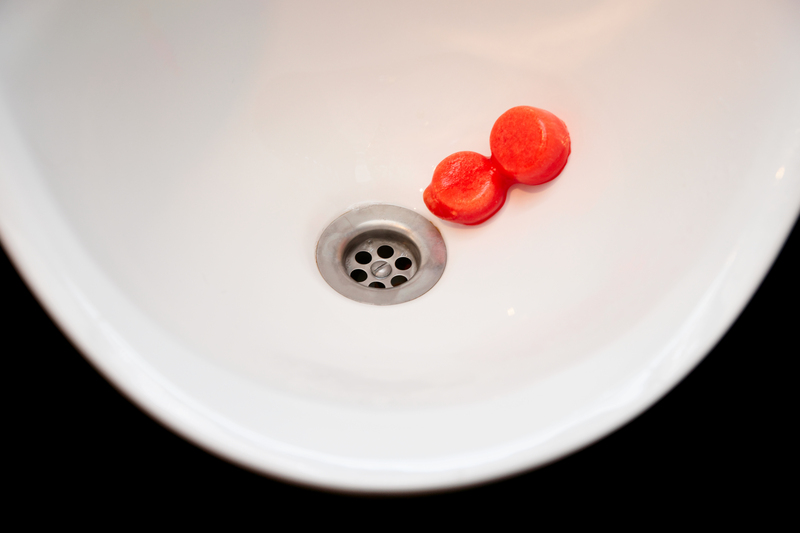Feng Shui, an ancient Chinese practice, has been gaining popularity around the world for its holistic approach to creating harmonious living spaces. This practice focuses on balancing energies in your home to invite positivity, luck, and overall well-being. Let's explore how you can integrate Feng Shui into your home decor to ensure a balanced and calming environment.
The Basics of Feng Shui
Feng Shui translates to 'wind-water' and is deeply rooted in Taoist philosophy. It involves the careful arrangement of objects, colors, and elements within your home to promote a healthy flow of chi (energy). Understanding the Bagua map--a Feng Shui tool that divides a space into nine areas correlating with different aspects of life--is key to adapting these principles effectively.

Incorporating Colors
Colors play a significant role in Feng Shui, as each color aligns with one of the five elements: Wood, Fire, Earth, Metal, and Water. Here's how you can incorporate these colors into your home decor effectively:
- Wood: Green and brown enhance vitality and growth.
- Fire: Red, bright yellow, and orange bring warmth and excitement.
- Earth: Beige and light yellow create stability and nourishment.
- Metal: White, gray, and metallic tones offer clarity and precision.
- Water: Blue and black promote relaxation and abundance.
Arranging Furniture
The arrangement of furniture is crucial in Feng Shui. You should position furniture to support comfort, functionality, and the flow of chi. Here are fundamental tips for Feng Shui furniture arrangement:
- Ensure clear pathways for seamless energy flow.
- Keep the main seating facing the entry but not directly in line with the door for optimal command position.
- Avoid cluttering spaces; less is more in Feng Shui.
- Use mirrors strategically to reflect positive energy and expand the space visually.
Using Elements Wisely
Integrating the five elements into different rooms can balance the energy in your home. For example, adding water elements like aquariums or water fountains in areas associated with wealth and prosperity (according to the Bagua map) can enhance financial luck. Using earth elements like crystals and stones can ground the living areas of your home.
Pros and Cons of Feng Shui in Home Decor
Pros
- Enhances the overall energy flow in your home.
- Promotes a sense of balance and harmony.
- Can improve health, relationships, and financial success.
- Personalizes your space with intentional decor choices.
Cons
- Can be time-consuming to learn and implement properly.
- Requires ongoing adjustments based on changes in the environment or life circumstances.
- Some principles may conflict with personal tastes or space limitations.
Tips for Beginners
- Start small by focusing on one room or area.
- Utilize the Bagua map to identify key areas to enhance with Feng Shui.
- Declutter regularly to maintain a good flow of energy.
- Incorporate plants to bring life and natural energy into your space.
- Consult with a Feng Shui expert for personalized advice.

Key Takeaways
- Feng Shui integrates harmony and positive energy flow in your home.
- Colors, elements, and furniture positioning play crucial roles.
- There are both benefits and challenges to implementing Feng Shui.
- Start small and consult experts for effective application.
Conclusion
Using Feng Shui in home decor can transform your living space into a sanctuary of balance and positive energy. By understanding the principles of this ancient practice and applying them thoughtfully, you can create an environment that supports your physical, emotional, and spiritual well-being. Whether you're a Feng Shui novice or looking to deepen your practice, the principles outlined above can guide you in crafting a harmonious home.



